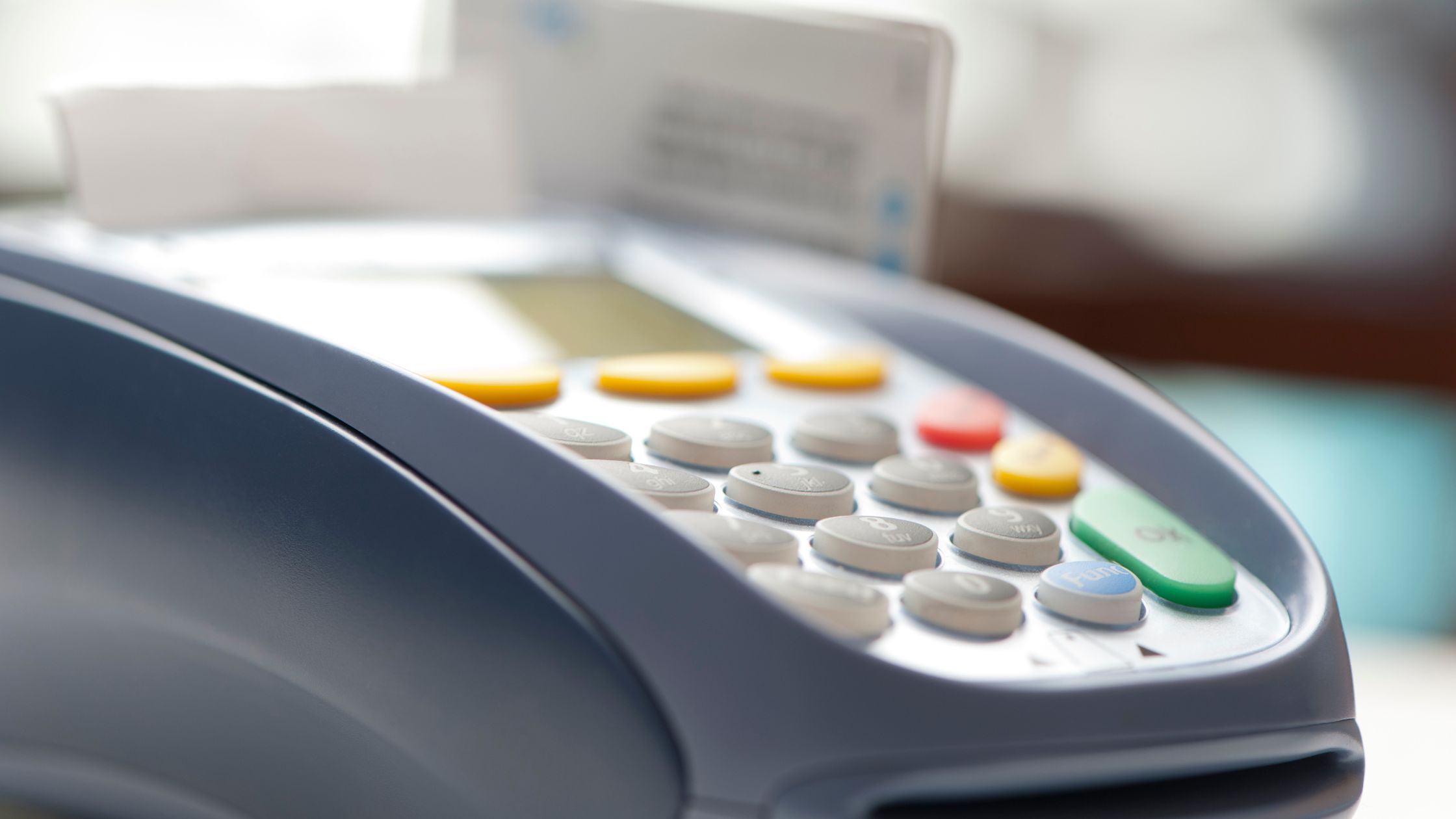In a busy restaurant, even a short internet outage can slow down service and affect your sales. An offline restaurant point of sale (POS)system solves this problem by keeping your operations running smoothly without relying on the internet. It ensures orders are processed, payments are handled, and service continues without interruptions. In this guide, we’ll explain why offline capability is important, what key features you should look for, and how open-source systems bring flexibility, reliability, and long-term efficiency to restaurants.

Table of Contents
1. Why an Offline Restaurant POS System Matters
2. Key Features of an Effective Offline Restaurant point of sale (POS) System
3. Ease of Setup and Hardware Compatibility
4. Customization and Open-Source Flexibility
5. Reporting, Inventory, and Staff Management
6. Reliability, Community Support, and Longevity
7. Conclusion
1. Why an Offline Restaurant POS System Matters
In a fast-moving restaurant, internet issues should never bring your service to a halt. An offline restaurant POS system keeps everything running by allowing your staff to take orders, manage tables, and process payments without needing a constant connection. This reliability not only prevents lost sales but also builds customer confidence. On top of that, offline systems give you stronger privacy and control since your data stays stored locally instead of depending on remote cloud servers. Learn more about Floreant POS for Windows.
2. Key Features of an Effective Offline Restaurant POS System
You don’t have to lose out on powerful tools just because your POS runs offline. In fact, the right offline restaurant point of sale (POS) system can deliver everything you need to manage daily operations smoothly. Here are the key features to expect:
- Table and order management – Seat guests, split checks, and track orders seamlessly without delays.
- Kitchen integration – Route orders directly to printers or kitchen displays instantly, even when the internet is down.
- Flexible payment options – Accept cash, cards, tips, and split bills without depending on cloud validation.
- Inventory tracking – Monitor ingredients, recipes, and stock in real time to reduce waste and keep supplies accurate.
- Reporting tools – Generate detailed sales, labor, and menu performance reports from locally stored data.
- Cross-platform support – Run the POS effortlessly on Windows, Mac, Linux, or lightweight devices like Raspberry Pi.
- Plugin and extension support – Expand functionality with add-ons such as delivery modules, advanced inventory tools, or floor layouts.
These features prove that an offline restaurant point of sale (POS) system doesn’t just keep you running during internet outages—it equips your business with complete front-of-house and back-of-house control.
3. Ease of Setup and Hardware Compatibility
A dependable offline restaurant POS system should make setup quick and hassle-free, saving you valuable time during installation. Instead of dealing with complex configurations, the right POS will:
3.1 Simple ZIP installation:
Instead of dealing with long installation processes, the system comes as a lightweight ZIP file. You simply extract the package, run the program, and it’s ready to go, saving valuable setup time.
3.2 Automatic database configuration:
The software sets up its own built-in database automatically, so you don’t need advanced technical knowledge. Within minutes, your POS is prepared to manage orders and daily operations.
3.3 Seamless hardware compatibility:
The system works smoothly with essential restaurant devices like touch screens, kitchen printers, and cash drawers. Using standard connections, it integrates effortlessly into your existing setup without requiring special adjustments.
With this kind of streamlined installation, your offline restaurant point of sale system becomes business-ready almost instantly.

4. Customization and Open-Source Flexibility
Open-source POS platforms give restaurants the freedom to shape their systems exactly the way they need. With an offline restaurant POS system built on open-source technology, you can:
- Customize workflows and menus – Adjust the code to match your unique ordering process, menu design, or payment flow.
- Add tailored features – Integrate region-specific taxes, loyalty rewards, or custom reporting tools without being limited by license restrictions.
- Stay in control – Maintain ownership of your data and avoid vendor lock-in, ensuring your system grows with you rather than locking you into rigid terms.
This kind of flexibility makes an offline restaurant point of sale system not only adaptable but also scalable, allowing it to evolve with your business needs.
5. Reporting, Inventory, and Staff Management
A robust offline restaurant POS system should do more than just process orders—it should also support long-term planning and smarter management. Key benefits include:
- Menu control & modifiers – Easily adjust prices, launch limited-time offers, or create combo deals to match seasonal demand.
- Back-office dashboards – Track sales performance, labor hours, tips, and overall trends directly within the system.
- Inventory alerts – Get notified when supplies are running low and monitor ingredient usage to reduce waste.
- Manager controls – Simplify operations with features like tip payouts, cash drawer reconciliation, void permissions, and multi-level user access.
These tools ensure that even without internet connectivity, your operations remain transparent, well-organized, and data-driven—helping you run day-to-day service while also planning ahead with confidence.
6. Reliability, Community Support, and Longevity
An ideal offline restaurant POS system combines long-term durability with an engaged community of users. Look for one that:
- Proves its stability over time – Systems with thousands of installations across restaurants, cafés, and food trucks worldwide show they can handle real-world demands.
- Receives consistent updates – Active development and maintenance ensure the software stays secure, modern, and compatible with evolving needs.
- Provides community-driven support – Open forums and user groups allow restaurant owners to exchange tips, troubleshoot issues, and share enhancements.
This combination of transparency, reliability, and ongoing improvement makes an offline restaurant POS system not just a safe choice today, but also a dependable solution for the future.

7. Conclusion
A modern offline restaurant POS system should deliver reliability, flexibility, and complete functionality—without depending on constant internet access. By choosing a platform that supports local installation, open-source customization, seamless hardware integration, and active community support, restaurants can achieve both efficiency and resilience. For an established open-source solution designed specifically for the dining industry, visit Floreant POS—a trusted platform that ensures your offline restaurant POS system runs smoothly, securely, and with long-term stability.







